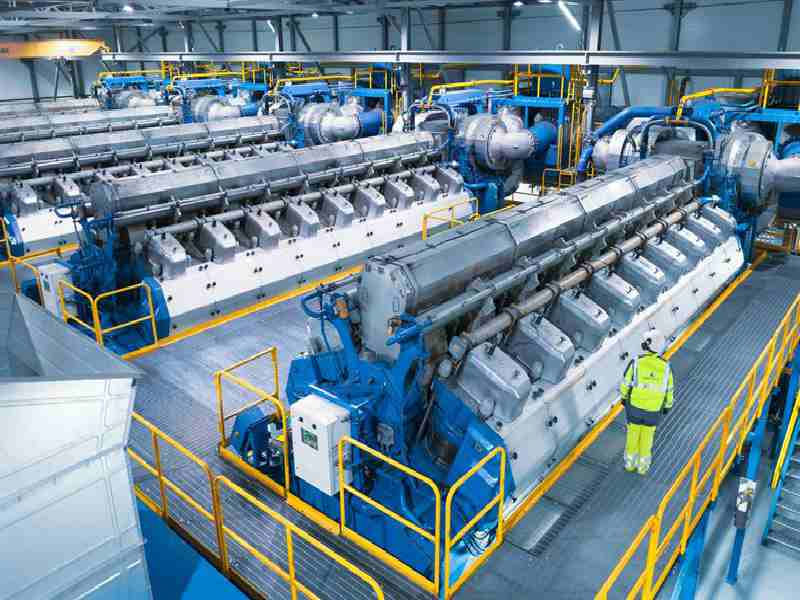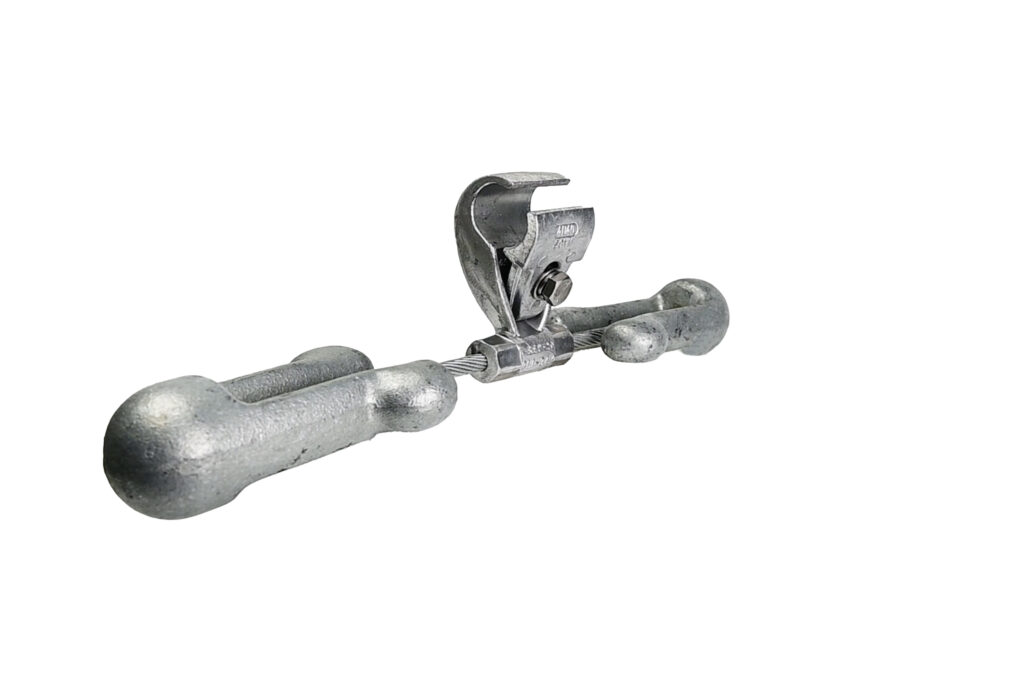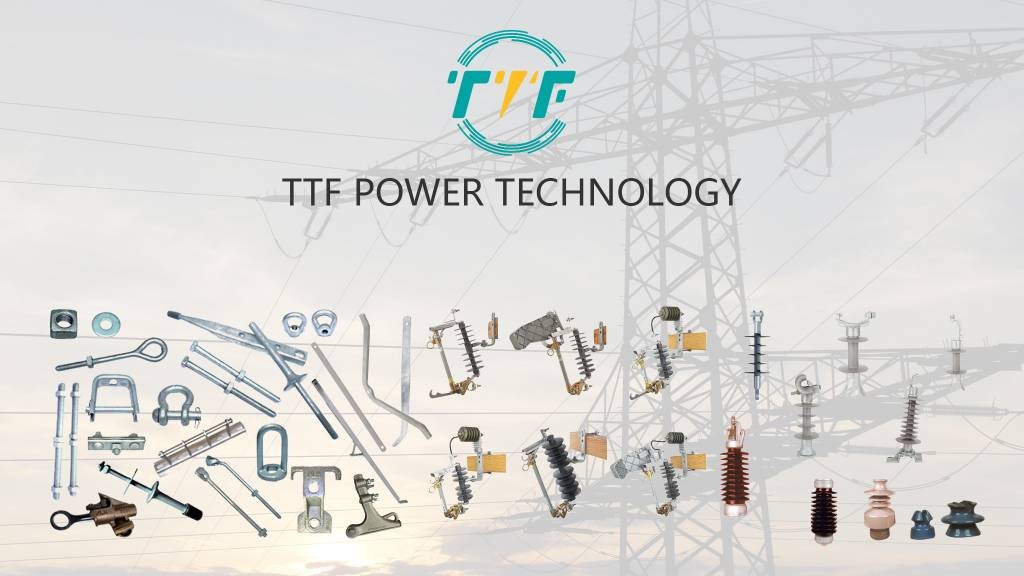
Chile is making great strides toward transitioning its energy sector from fossil fuels to renewables. One of the main projects is to convert outdated diesel power plants into sustainable energy facilities. In most places, diesel power plants served as backup power supplies. They contribute to excessive greenhouse gas emissions, air pollution, and costly fuel imports. By transforming them into renewable energy plants, Chile may reduce emissions, lower energy prices, improve energy security, and improve system stability. Solar, wind, battery storage, and hydrogen projects can all contribute to convert diesel power plants into renewable energy sources. This is critical for Chile to meet its aim of generating 70% of its electricity from renewable sources by 2030. Vibration damper armor rods help ensure the durability and reliability of transmission lines carrying electricity for renewable energy sources.
The use of vibration damper armor rods minimizes wear and tear, lowering the danger of power outages and maintenance concerns. This is critical for integrating renewable energy into the system. Vibration damper armor rods guarantee the dependability of the transmission lines that connect hybrid systems to the grid. This facilitates an easier transition to renewables in Chile. For example, Engie, a French utility, has begun commercial operations at its 68 MW Tamaya battery energy storage system on the site of its former diesel-fired power station in Tocopilla in northern Chile. The conversion of fossil fuel-fired power plants is part of Chile’s decarbonization strategy to ensure a smooth energy transition. This will also generate new sustainable economic activities for communities.
The importance of vibration damper armor rods in converting diesel plants to renewable energy.
With the growing shift from diesel power plants to renewable energy sources, there is a greater demand for reliable transmission and distribution infrastructure. Vibration damper armor rods make electricity lines more reliable and long-lasting. These components reduce wear and tear, increase grid stability, and reduce mechanical stress. Vibration damper armor rods have use in solar projects, wind farms, and hybrid microgrids. Their main roles include:

- Protecting transmission lines—many projects are in high-wind zones such as the Atacama Desert and Patagonia. Vibration damper armor rods help reduce stress on transmission lines to prevent early failure and costly maintenance.
- Enhancing grid stability—transmission networks should be able to handle more dynamic and variable loads. Vibration damper armor rods reinforce conductors to prevent damage from frequent mechanical stresses. This is crucial to ensure long-term reliability in high-demand areas.
- Reducing maintenance costs—converting diesel power plants to renewables needs reinforcing existing transmission lines. Vibration damper armor rods reduce wear and tear, thereby reducing maintenance costs.
- Supporting hybrid systems—diesel plants are converted into hybrid systems that combine diesel generators with renewable energy sources and energy storage. Vibration damper armor rods ensure the reliability of the transmission lines connecting the hybrid systems to the grid.
Conversion Strategies and Projects in Chile
Chile is transitioning from fossil fuels to renewable energy as part of its goal of becoming carbon neutral by 2050. The primary approach for the transition is to convert existing diesel power plants into renewable energy facilities. The conversion can help reduce emissions, increase energy security, and slash electricity prices. Innovative hybrid microgrids, large-scale energy storage projects, and renewable integration in the mining and industrial sectors are critical to Chile’s shift. Chile’s key conversion initiatives include the AES Andes renewable transformation, the Patagonia hybrid microgrid projects, Chile’s northern mining districts, and Engie’s renewable conversion plan. The main conversion tactics are:

- Solar and wind repowering—many diesel plants are being retrofitted with solar PV and wind turbines to replace fossil fuel generation. These plants have grid connections that make it easier to integrate renewable energy into the system.
- Hybrid microgrids—the systems combine solar, wind, and battery storage with existing diesel generators to reduce diesel consumption. The goal is to phase out diesel completely as battery storage and renewables improve.
- Battery energy storage systems (BESS)—dieselpower plants provide backup power to ensure grid stability. Advancements in lithium-ion storage technologies are replacing diesel for backup power. Large-scale battery projects being developed help store excess renewable energy for use when demand is high.
- Green hydrogen integration—some diesel plants are under study for conversion into hydrogen-based energy hubs. This will allow hydrogen fuel cells or turbines to generate clean electricity.